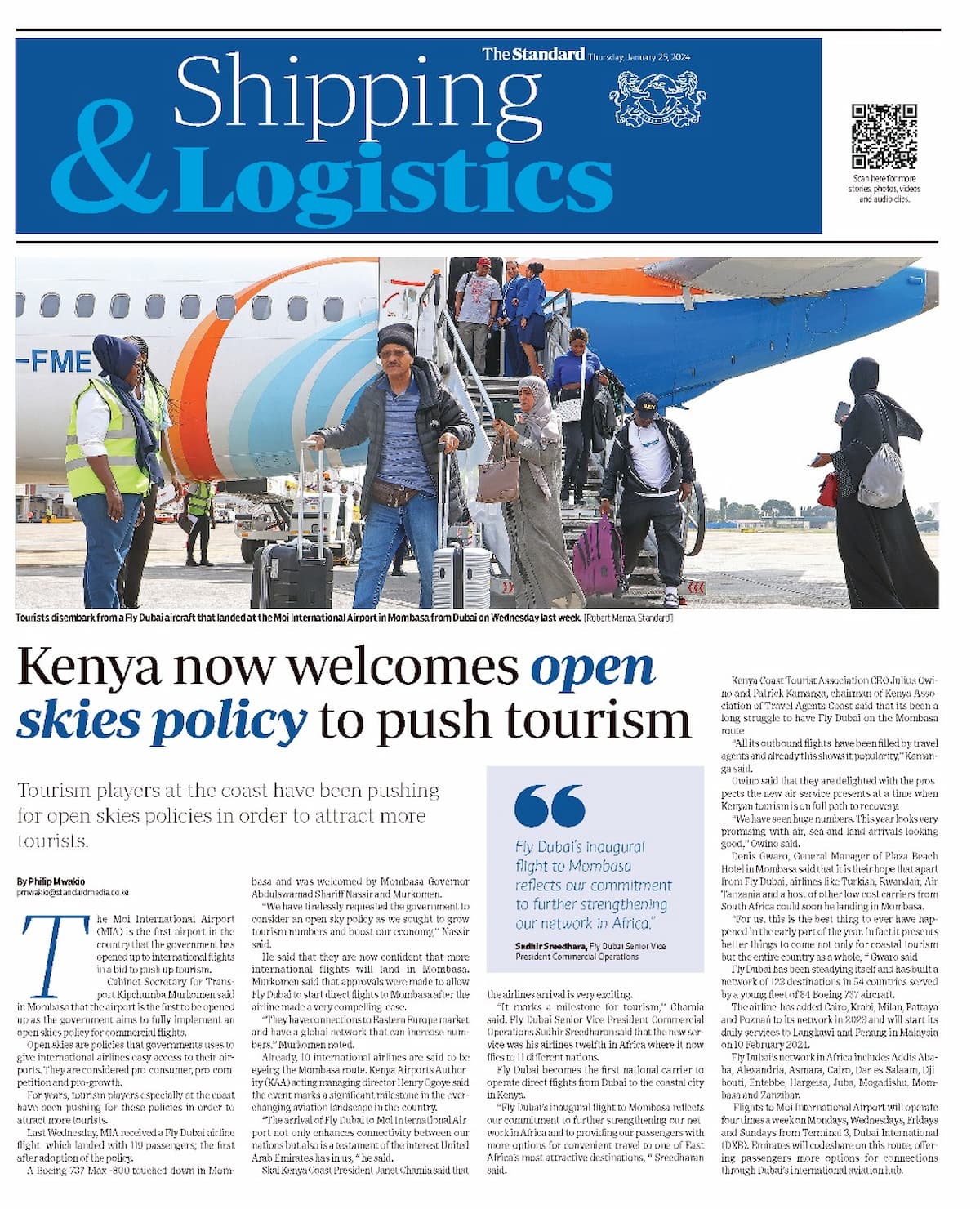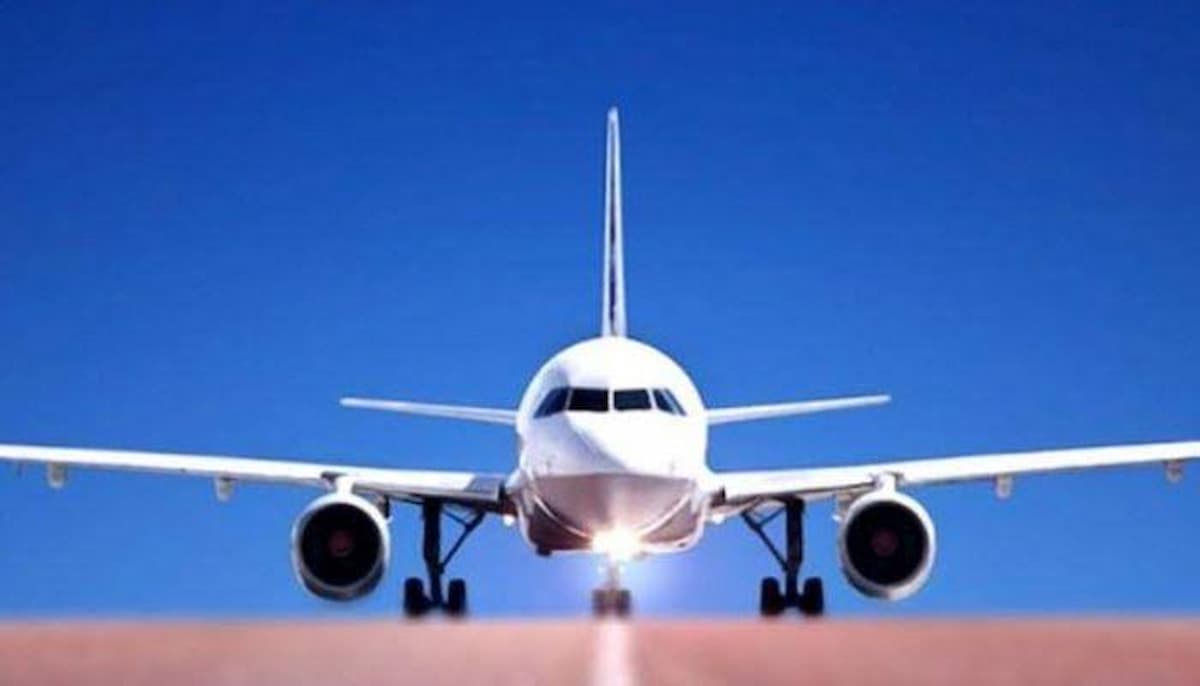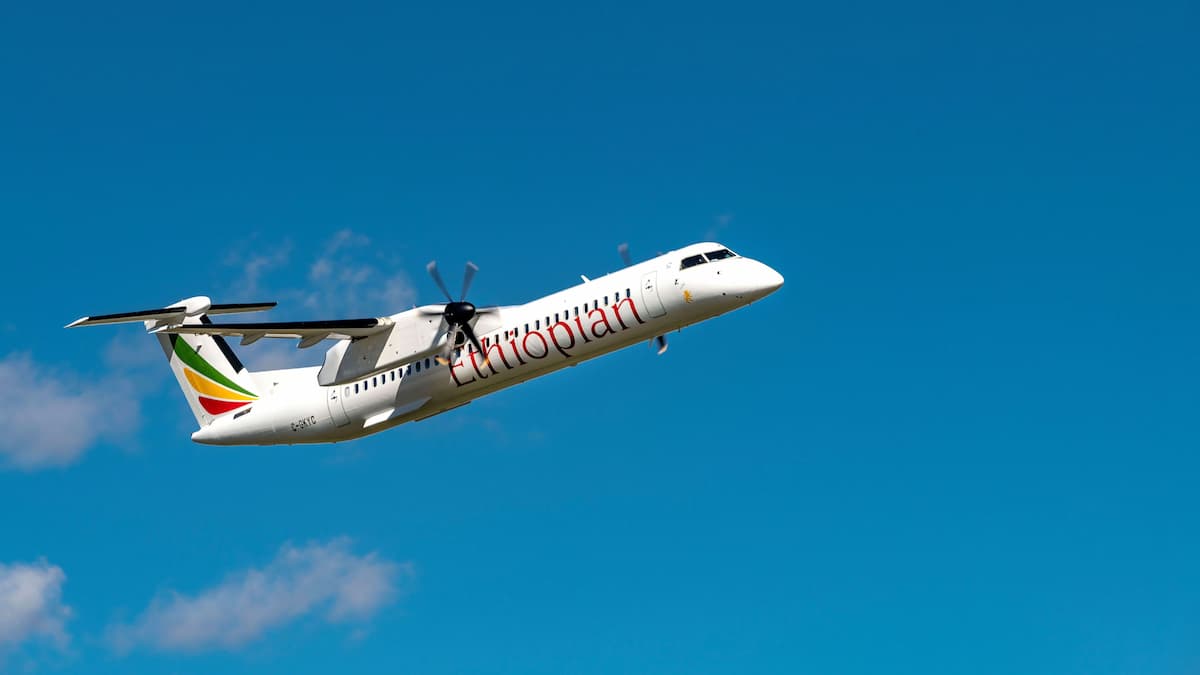2024 marks a rebound in business travel, shaped by new trends and tech for enhanced value, as explored in the “Global Business Travel Trends 2024″ report.
This year is poised for a resurgence in corporate travel spending, reaching levels reminiscent of those in 2019. The landscape of business travel has evolved considerably over the past five years, with today’s business travelers demanding more value and benefits from each journey. Emerging technologies, particularly in the realm of Generative AI, are playing a crucial role in enhancing the overall travel experience.
The latest insights into these developments are highlighted in the “Global Business Travel Trends 2024” report, a collaborative effort by Globetrender and Cytric Easy from Amadeus. The report identifies seven key trends that are expected to redefine the corporate travel experience in 2024, including AI-powered personal assistants, executive outdoor retreats, and innovative strategies like “Objective Stacking.”
Revolution in Self-Managed Travel with AI Personal Assistants
The rise of Generative AI is transforming the way corporate travelers plan their trips, introducing AI Personal Assistants that offer round-the-clock support. These digital assistants can assist with everything from suggesting travel itineraries to helping travelers adhere to company policies, all through user-friendly, conversational interfaces.
The Emergence of Executive Outdoor Retreats
The concept of team-building activities is evolving into more extensive, nature-based retreats that offer a range of engaging and sometimes challenging experiences. These retreats aim to build team spirit and loyalty, taking participants out of their comfort zones with activities like rafting and wilderness survival.
Maximizing Business Travel Value with “Objective Stacking”
As companies face growing pressures to be financially and environmentally responsible, employees are expected to justify the necessity of their business trips. The concept of “Objective Stacking” involves planning trips to achieve multiple objectives, thereby increasing efficiency and value.
Blended Itineraries Take Precedence Over Strict Travel Policies
2024 sees a shift towards more flexible and personalized corporate travel policies, allowing for blended itineraries that combine business and leisure elements. This approach prioritizes the traveler’s experience and well-being.
Corporates Strive for Net Zero Emissions with Sustainable Travel Strategies
Following the COP28 agreement, companies are increasingly committing to sustainability goals. The travel industry is no exception, with strategies like “Objective Stacking” and flexible travel policies aiding in reducing carbon emissions.
Advancements in Digitized Expense Management
The shift towards digital expense management and virtual cards represents a significant change in corporate finance, simplifying processes and enhancing security and compliance.
Power Networking: Making the Most of Global Events
The focus is now on maximizing every opportunity at conferences and events, with a shift towards more purposeful networking and richer itineraries that extend beyond the main agenda.
Globetrender CEO Jenny Southan and Amadeus Cytric Solutions’ Deborah Mahoney emphasize the importance of discernment in business travel, balancing the need for in-person interactions with financial and environmental considerations. The future of corporate travel is marked by technological advancements and a return to basics, highlighting the significance of human connections and optimized travel experiences.
Source: Travel and tour world.










